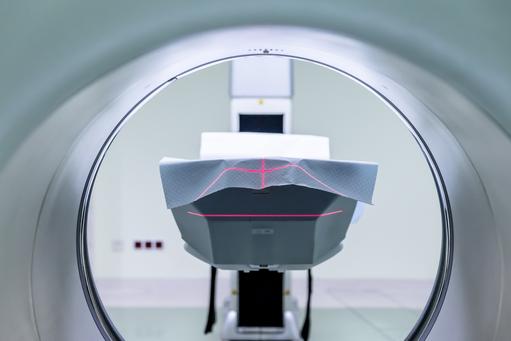Directory

Life Medical Imaging - Bateau Bay
Life Medical Imaging - Bateau BayLife Medical Imaging is a Comprehensive Independent Radiology clinic including a focus on sub specialist Women’s Imaging, Cardiology Imaging, and Paediatric Imaging, in particular the latest in 3D mammography, as well as 3D/4D obstetric imaging & gynaecology procedures.
Our team of skilled and qualified clinical and support staff, combined with the latest technology ensure you receive the highest standard of care and imaging in a modern, professional and comfortable environment.
We are recognised as experts in our field and are referred to by specialists and general practitioners within the Central Coast region and further afield.
We aim to utilise the latest state of the art equipment and techniques to provide a world class service for women of the Central Coast and beyond.
Phone Number:
0243267000
view this profile
Directory:
Tags:

|
Early in 2014, the Sunday Times kicked-off a campaign to give more people who would benefit from radiotherapy access to it, suggesting that NHS radiotherapy equipment is either out-dated or underutilised. According to Lawrence Dallaglio, the former English rugby captain who campaigns for increased access to radiotherapy, "Cancer clinicians are being denied the use of technologies to treat patients that the rest of the civilised world uses as a matter of routine." Dallaglio's intervention prompted a government plan to improve access to quality radiotherapy. Is it happening? Radiotherapy in England The UK government's 2011 cancer plan, Improving Outcomes: a Strategy for Cancer, states, "To improve outcomes from radiotherapy, there must be equitable access to high quality, safe, timely, protocol-driven quality-controlled services focused around patients' needs." Over 50% of the 275,000 people diagnosed in England with cancer each year could benefit from radiotherapy as part of their treatment. However, access rates are only around 38%, and each year an estimated 36,000 patients who might benefit from radiotherapy, don't receive it. |
|
|





